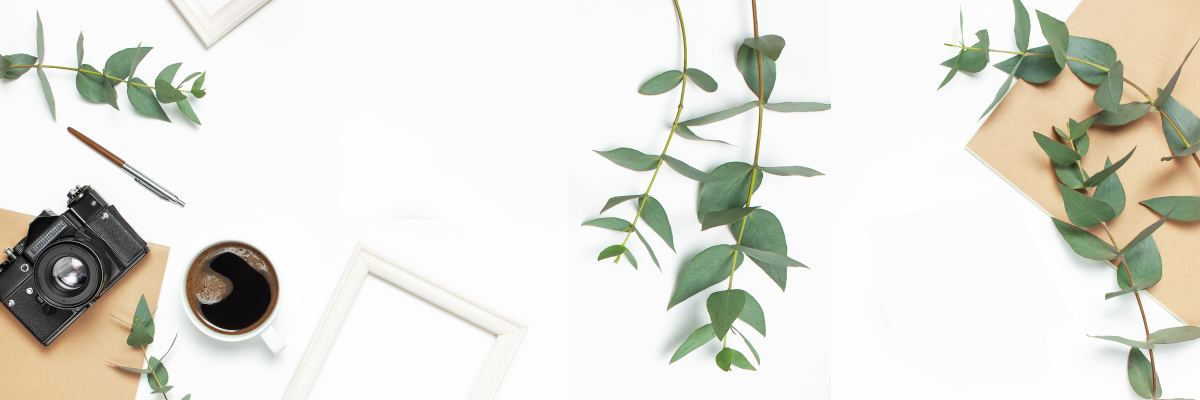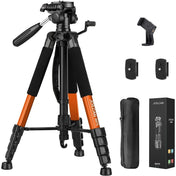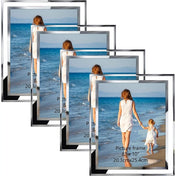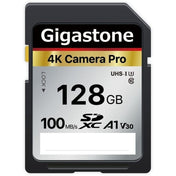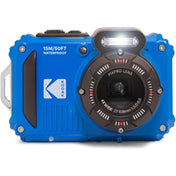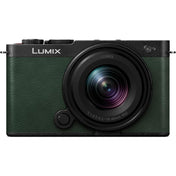Macro photography is a captivating niche that allows you to get up close and personal with the tiny details of life. Whether it’s the intricate patterns on a butterfly’s wings, the delicate structure of a flower, or the textures of everyday objects, macro photography reveals a world that often goes unnoticed. For beginners venturing into this exciting realm, this guide will provide valuable insights and practical tips to enhance your macro photography skills while keeping your Nikon D5000 case protected and ready for action.
Understanding Macro Photography
At its core, macro photography involves capturing images at a very close range, typically at a 1:1 ratio or greater. This means that the subject appears life-sized or larger in your photograph. The beauty of macro photography lies in its ability to unveil details that the naked eye may miss, transforming commonplace subjects into stunning artworks.
Why Choose Macro Photography?
Macro photography can be both rewarding and educational. Here are some compelling reasons to consider diving into this fascinating genre:
- Increased Observation Skills: Engage more deeply with your surroundings as you pay closer attention to the intricate details of nature and everyday life.
- Creativity Unleashed: Macro photography challenges you to think creatively and explore different perspectives that can yield striking results.
- Perfect for All Environments: Whether you’re in your backyard, a garden, or a nature reserve, macro photography can be practiced almost anywhere.
- Unique Artwork: The striking images you create can be used in various forms of art, from wall decor to professional portfolios.
Getting Started with Macro Photography
If you’re excited to explore macro photography, having the right equipment is essential. While specialized macro lenses are ideal, there are several ways to get started with what you have, especially if you own a Nikon D5000 case, which often signifies you're ready to embark on an adventure.
Choosing Your Equipment
No matter what camera you have, your entry into macro photography can start with a basic setup. Here’s what you need:
- Camera: A digital single-lens reflex (DSLR) like the Nikon D5000 is perfect since it allows for changes in settings, giving you control over exposure, focus, and depth of field.
- Lens: Invest in a macro lens if you're serious about the hobby, but you can also use extension tubes or a reverse ring with your existing lens to achieve macro focus.
- Tripod: To maintain stability while shooting at such close distances, a sturdy tripod is vital.
- Lighting: Natural light works well, but consider using a ring light or flash to illuminate your subjects effectively.
- Protective Gear: Since you’ll be working in various environments, securing your camera in a Nikon D5000 case will protect your gear from dust and damage.
Mastering Camera Settings
Understanding how to manipulate your camera settings is critical for achieving stunning macro shots. Here are some key settings to focus on:
- Aperture: Use a wide aperture (low f-number) to isolate your subject against a blurred background. However, a smaller aperture (higher f-number) can increase depth of field for groups of subjects.
- ISO: Keep ISO low to minimize noise in your images. Macro shots tend to capture fine details that noise can obscure.
- Shutter Speed: Use a faster shutter speed to avoid motion blur—especially when shooting live subjects like insects.
The Art of Composition
Once you have your equipment ready and your camera settings dialed in, the next crucial step is composition. Good composition is fundamental to creating engaging macro photos.
Rules of Composition
Consider these key rules to enhance your macro photography:
- Rule of Thirds: Divide your frame into a grid, positioning your subject off-center to create a more dynamic composition.
- Leading Lines: Use natural lines within your scene to draw viewers’ eyes towards your subject.
- Framing: Look for natural frames in your environment, such as leaves, branches, or other elements that can help focus attention on your subject.
- Symmetry and Patterns: Nature often features beautiful repeating patterns and symmetry that can make for striking compositions.
Tempting Subjects for Macro Photography
Your surroundings can provide a treasure trove of subjects for macro photography. Here are some popular options to consider:
Nature
Flowers, insects, and plants can be some of the most rewarding subjects for macro enthusiasts. Pay attention to:
- Petals and Leaves: Capture the textures and patterns on flowers and leaves at different times of day.
- Insects: Be patient and observant to catch breathtaking shots of bugs in their natural habitat.
- Water Droplets: Dew drops on grass or petals can create striking images, particularly when backlit.
Everyday Objects
Macro photography isn’t limited to nature. Many everyday items around the house can yield fascinating close-ups:
- Texture of Fabrics: Examine the weave of textiles or the patterns on clothing for unique shots.
- Food: Capture the details of fruits, vegetables, or plated meals for an appetizing look.
- Jewelry and Metal Objects: The details in jewelry, coins, and other metallic items can gleam beautifully when photographed up close.
Mastering Focus Techniques
Getting the sharpest focus in macro photography can be challenging. Here are some techniques to improve your focusing skills:
Manual Focus
Switch to manual focus mode for precise control, as autofocus can struggle with such close subjects. This technique allows you to fine-tune the point of focus.
Focus Stacking
If you're shooting static subjects, consider focus stacking. This involves taking multiple images at different focal points and combining them in post-processing for a wider depth of field.
Post-Processing Your Macro Shots
Once you have your stunning macro images, refining them in post-processing can elevate their impact. Simple adjustments can make a significant difference:
Editing Software
Popular editing software like Adobe Lightroom and Photoshop can help enhance your images. Focus on the following:
- Crop: Trim any distracting elements to put more focus on your subject.
- Color Correction: Adjust whites, blacks, and saturation for vibrant images.
- Sharpening: Apply local sharpening to enhance the details without introducing noise.
Sharing Your Work
Once you've crafted beautiful macro photographs, it’s time to share them with the world. Consider setting up a gallery on your Shopify site to showcase your work. Create an engaging online portfolio where potential customers can admire your artistry, explore various themes, and even purchase prints of your best images.
A Few Final Tips for New Macro Photographers
As you embark on the exciting journey of macro photography, keep these tips in mind:
- Patience is Key: Nature can be unpredictable, so be prepared to wait for the perfect shot.
- Experiment: Don’t hesitate to try various angles, perspectives, and lighting to discover what works best.
- Stay Safe: If you’re photographing in unfamiliar areas, be aware of your surroundings and stay safe while chasing that perfect macro shot.
- Protect Your Gear: Use your Nikon D5000 case to protect your camera and lens from dust and damage during your adventures.
Your Next Adventure Awaits
Macro photography is a rewarding art form that opens the door to a unique way of seeing the world. With just a little practice, the right equipment, and a willingness to experiment, you'll be able to capture stunning images that showcase the beauty of the detail infused in our surroundings. Remember to always protect your valuable equipment, like the Nikon D5000 case, and most importantly, enjoy the magic of discovering tiny worlds—one click at a time!

